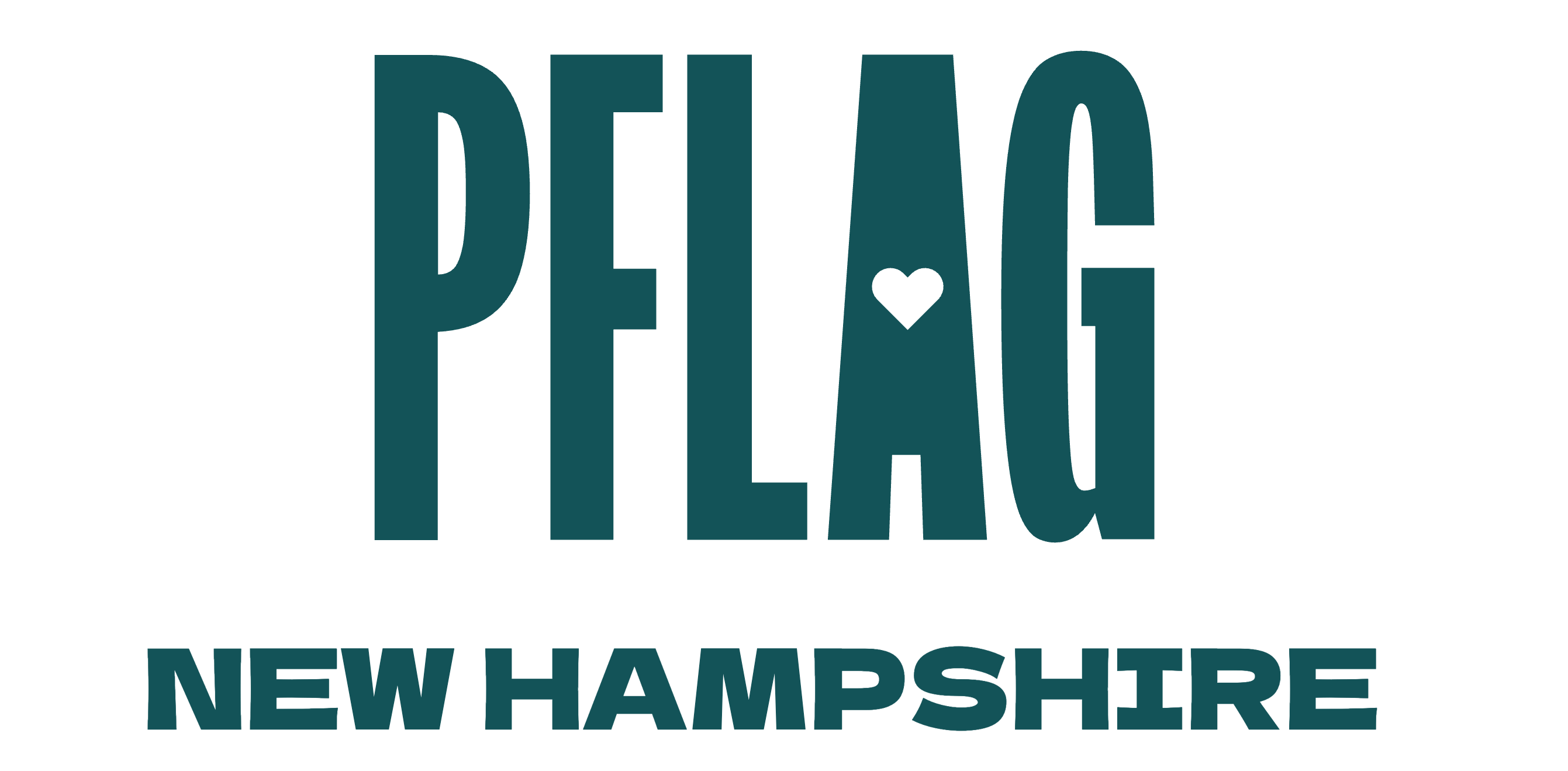“I wouldn’t normally have picked this book up, but I liked it!” she said with a genuine smile as she held out the copy of Gravity of Us for me to see.
“Oh?” I tilted my head slightly, prompting her to say more.
“Well it was a love story with two boys…” her voice trailed a bit as she met my eyes. She paused for just a beat waiting for a reaction from me.
“Oooh I’m a sucker for a good love story,” I replied. “What is this one about?”
She let out a quick sigh and launched into a detailed description of the plot, the characters, and her favorite moments.
I tried to play it cool, like this was any other conversation about one of my student’s choice reading books, but my heart was pounding because something beautiful and magical had just happened.
***
Earlier that year, when I was setting up the library of choice reading books in my classroom, I decided to organize it by genre: history on one shelf, sci fi and fantasy on another shelf, books adapted to TV and movies on its own shelf. While sorting through the 200 or so books on display, I debated a decision that I had agonized over: where to put all the LGBTQ+ titles. One option was to give them their own shelf and label to make them highly visible and accessible; the other option was to weave them in by genre. As I weighed my options, I kept hearing the phrase “separate is not equal” echoing in my head, so I decided to include the LGBTQ+ books with all the others. I added them to their respective shelves without any special identification and hoped that they would be found and enjoyed by my students.
***
She was a great student, enjoyed reading and learning new things, and was open to understanding people with experiences and perspectives different than her own. With all these amazing qualities, she still would not have reached for a book on a shelf labeled LGBTQ+.
People, and young people in particular, tend to choose books about people and topics they can personally identify with, so when they reach for a book, they are looking for something familiar. The Gravity of Us is a book about a teenager who is a rising social media influencer who has his plans disrupted when his family suddenly has to move across the country. It also happens to be a love story with two boys. My student was familiar with the themes of social media and unwanted change, so she was drawn to this book. She was not as familiar with LGBTQ+ characters and their issues of identity and acceptance, but now, here she stood, smiling and holding a book with queer representation that she had enjoyed for its interesting characters and plot.
So, like magic, two boys who fall in love is no longer an unfamiliar or controversial topic to read about, but simply a story that was relatable and fun. I kept my cool because I want reading about queer folks to feel normal, and at that moment, I heard success louder than my pounding heart.
One person, one book, one magical moment.
That’s how it starts.
Works Cited
Straube, Trista, “Diverse Characterization: The Importance of Inclusive Protagonists and Authors for Adolescents in Diverse Communities” (2021). Masters Theses. 5196. https://scholarworks.wmich.edu/masters_theses/5196

I love this post. As a school librarian, I’ve also grappled with the question of where to place LGBTQ+ titles in the library. I came to the same conclusion as you: separating them can unintentionally signal that they’re different in a negative way. While highlighting these books is important, I agree that allowing all students to come across them naturally helps foster a sense of normalcy.
The book you highlighted in this post isn’t in my library, so I looked it up. I noticed some discrepancy in the recommended age range—one source suggests it’s for grades 9-12, while another says grades 7 and up. That seems like a significant difference, and I wonder what influenced those reviewers. I fear that the presence of LGBTQ+ characters might have been a factor in pushing the recommendation to grade 9. According to the publisher, it’s intended for grades 7-9.
I’m curious about your thoughts—do you think this book is appropriate for a middle school library?
First, thank you for your comment!
Second, I actually have not read The Gravity of Us yet! There are a lot of books on my shelves that I don’t get to fully read. My gut tells me that the publisher is probably correct in terms of the lexile level, but because each community is different, I don’t always trust their recommendations when it comes to challenging topics. That’s probably not a super helpful answer, but after my student raved about it, I’m definitely bumping it up on my “to read” list, and after I give it a through look, I can answer this better.
What a wonderful gift to help other teachers navigate these challenging choices with a simple common sense and humane solution. Love this.